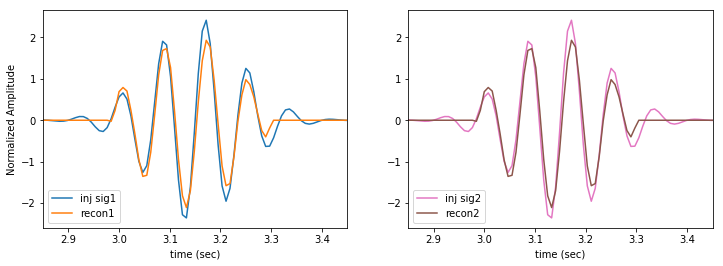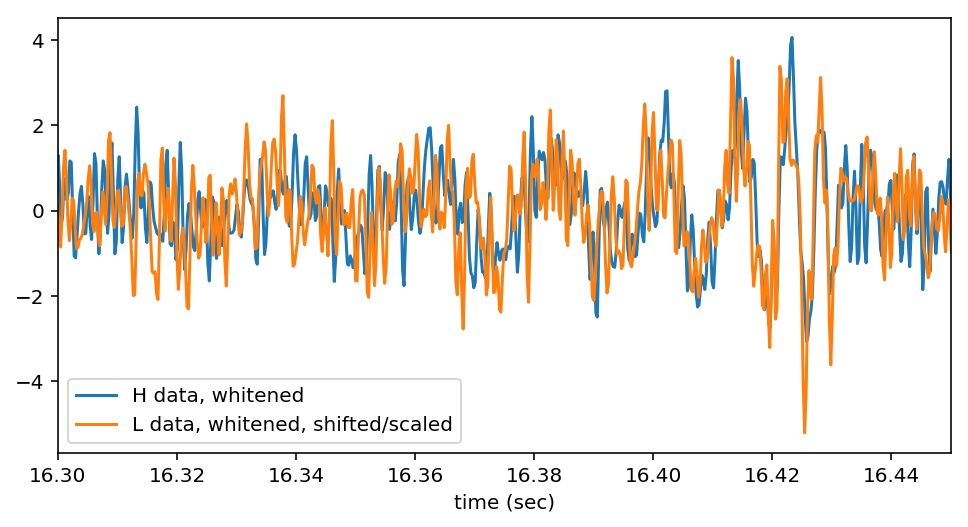It took me a bit to figure out how to get MathJax up and running to properly render equations in my posts.
First you need to run the MathJax script in a post.
You can do this by putting the appropriate header in a post’s source file directly,
or you can enable MathJax for all posts by putting it in the _include/head/custom.html header file setup by Minimal Mistakes.
<script type="text/x-mathjax-config">
MathJax.Hub.Config({
TeX: {equationNumbers: {autoNumber: "AMS"}},
});
</script>
<script type="text/javascript"
src="https://cdnjs.cloudflare.com/ajax/libs/mathjax/2.7.1/MathJax.js?config=TeX-MML-AM_CHTML">
</script>
The first block configures MathJax to use AMS equation numbering.
You could choose to use $ for inline math (which is not the default behavior).
But this means you will have to trick MathJax into skipping any dollar-signs you want to render normally.
It looks like this works: <span>$</span>.
See the MathJax docs for more info.
You would add the following to the MathJax.Hub.Config block, if you were so inclined.
tex2jax: {inlineMath: [['$','$'], ['\\(','\\)']]}
Without the single dollar signs we must use \( \) for inline math.
Sadly all special characters must be escaped with \ for the html renderer to work right,
so this must be entered as \\( \\) in practice.
You’ll also need to escape underscores \_ and astrisks \* (and a few other things).
For some unknown reason I needed to use six \s for the newline to work in the align environment (I expected to need four).
example math code
Here is an example block to see some functionality:
The Newtonian gravitational potential is defined as
\begin{equation}
\phi = - \frac{G M}{r} .
\end{equation}
We can find the gravitational field by taking the gradient of the potential
$$ \vec{g} = -\vec{\nabla}\phi. $$
The line element for Minkowski space is \\(\mathrm{d}s^2 = -dt^2 + dx^2 + dy^2 + dz^2\\)
Einstein's equations are
\\[ G\_{\mu\nu} = 8\pi\, T\_{\mu\nu} \\]
in geometric units where \\(G=c=1\\).
We can write Maxwell's equations in tensor form using the `align` environment
\begin{align\*}
\mathrm{d}\mathcal{F} & = 0, \\\\\\
^\*\mathrm{d} ^\*\mathcal{F} & = \mathcal{J}.
\end{align\*}
renders as
The Newtonian gravitational potential is defined as
\begin{equation} \phi = - \frac{G M}{r} . \end{equation}
We can find the gravitational field by taking the gradient of the potential
\[\vec{g} = -\vec{\nabla}\phi.\]The line element for Minkowski space is \(\mathrm{d}s^2 = -dt^2 + dx^2 + dy^2 + dz^2\)
Einstein’s equations are
\[ G_{\mu\nu} = 8\pi\, T_{\mu\nu} \]
in geometric units where \(G=c=1\).
We can write Maxwell’s equations in tensor form using the align environment
\begin{align*}
\mathrm{d}\mathcal{F} & = 0, \\
^*\mathrm{d} ^*\mathcal{F} & = \mathcal{J}.
\end{align*}





Leave a Comment
Your email address will not be published. Required fields are marked *